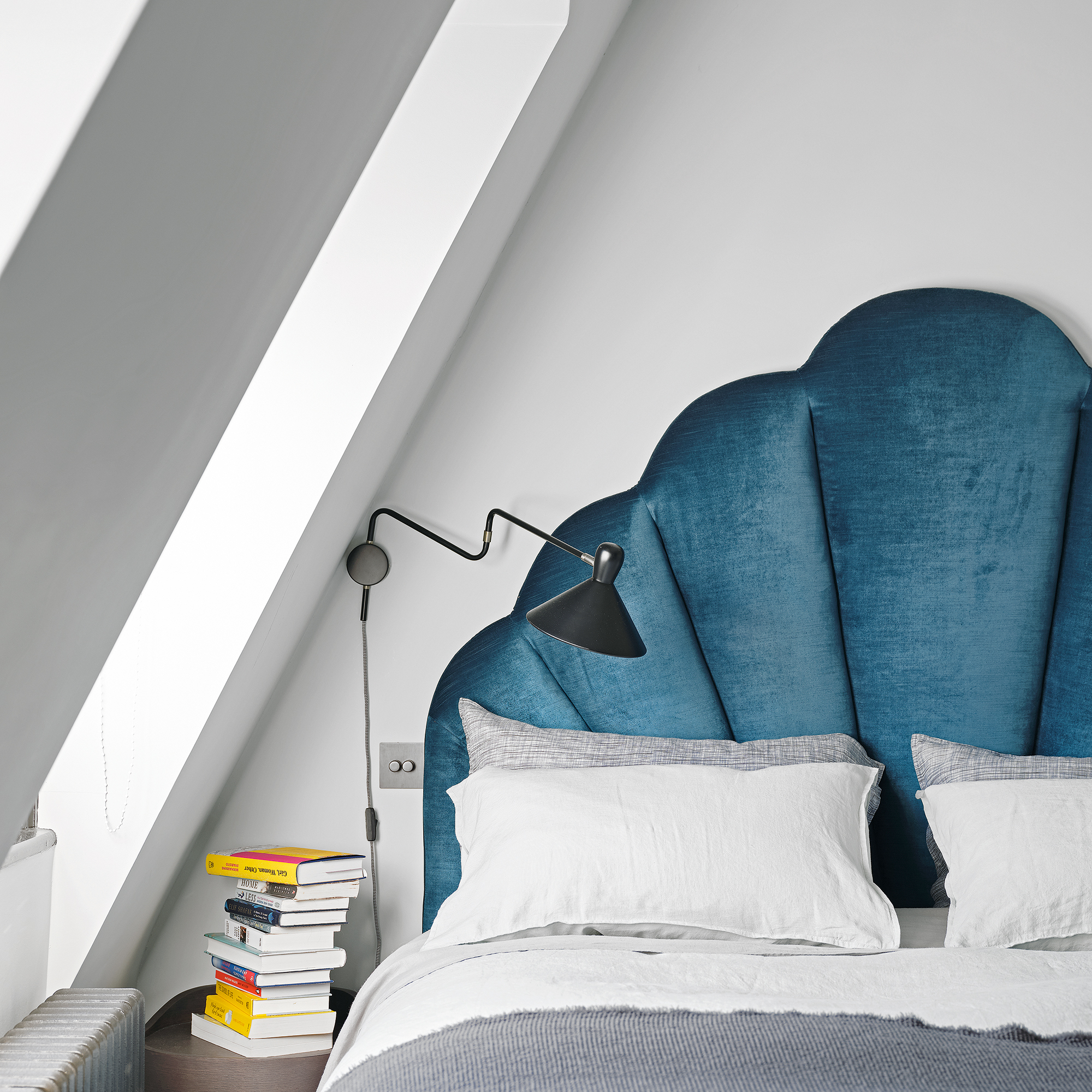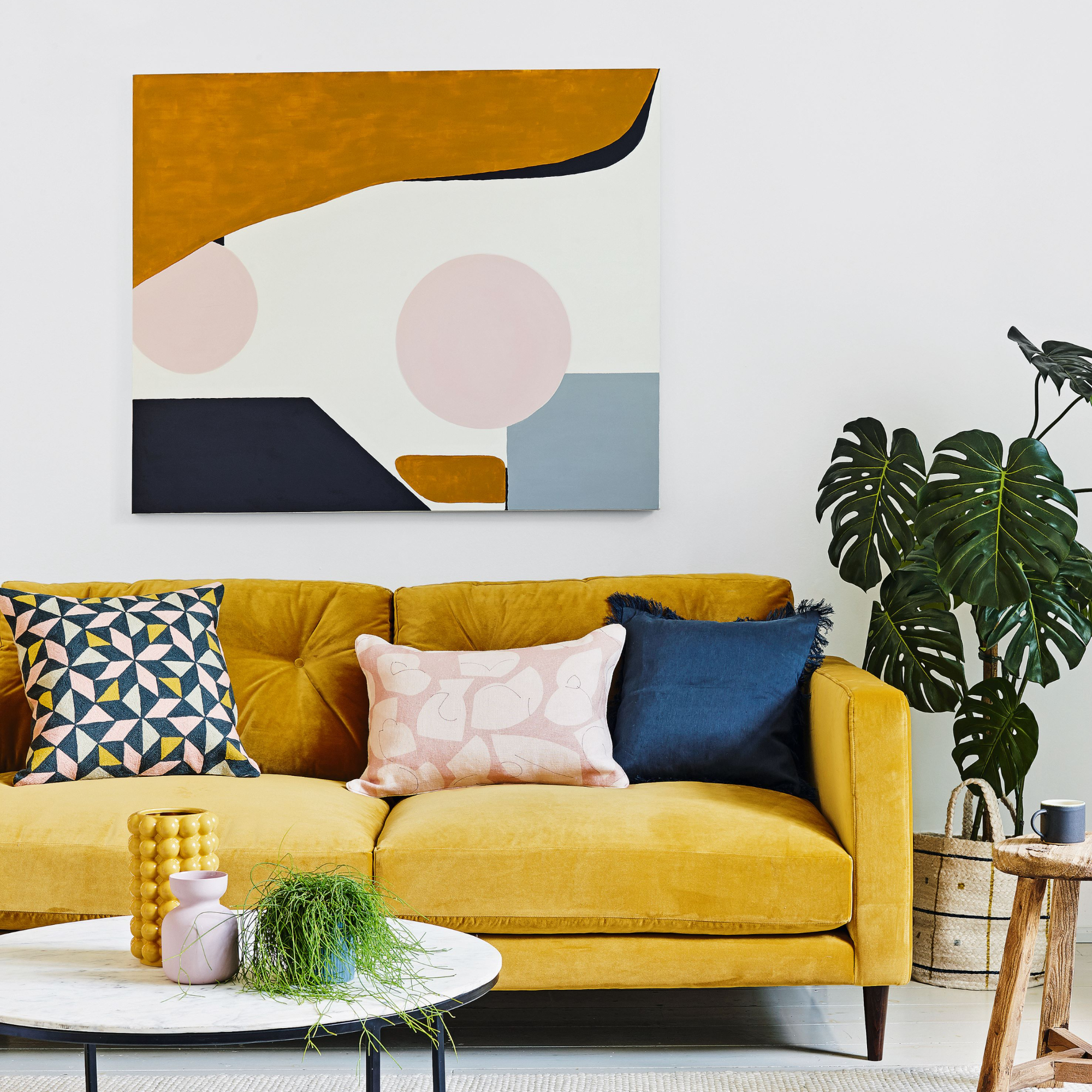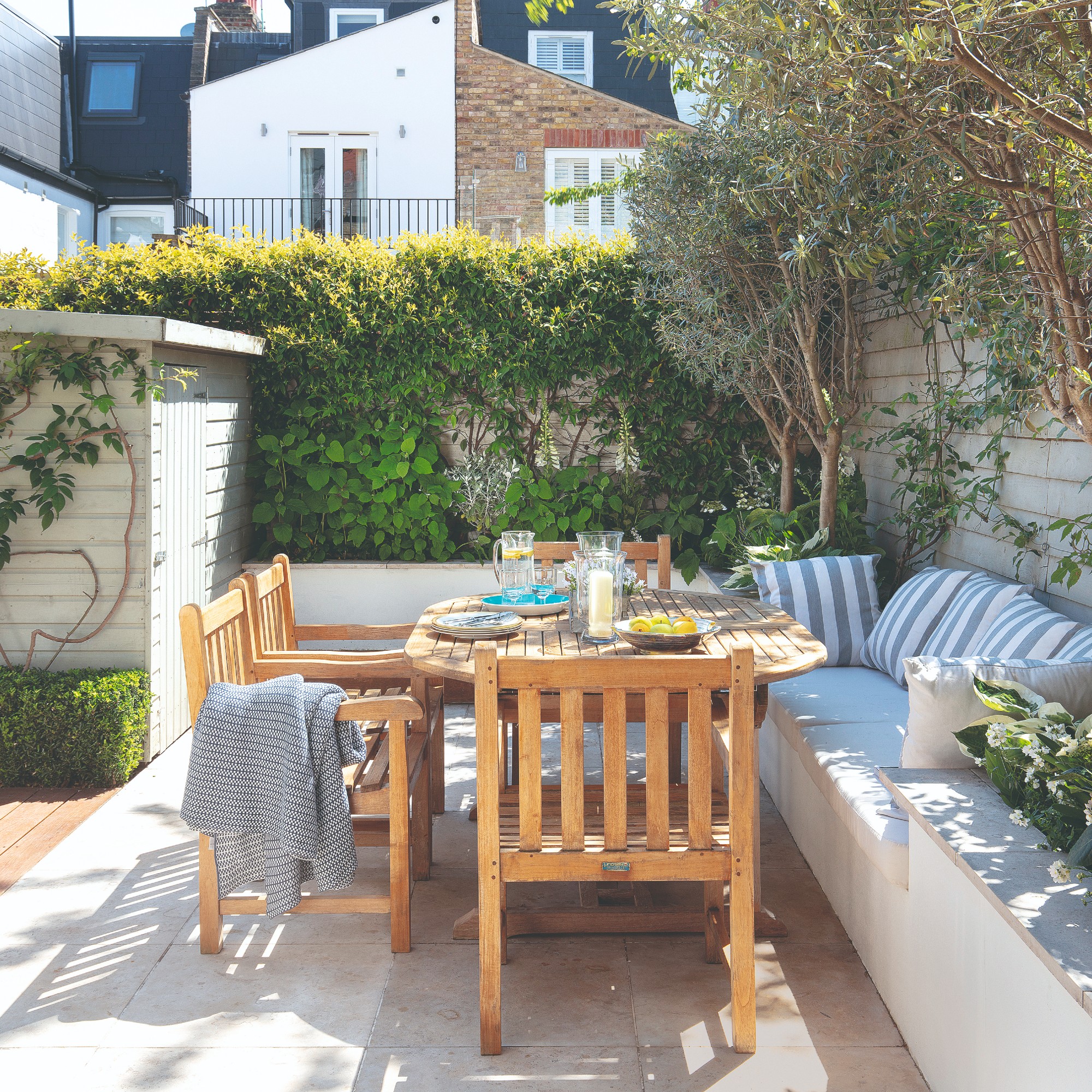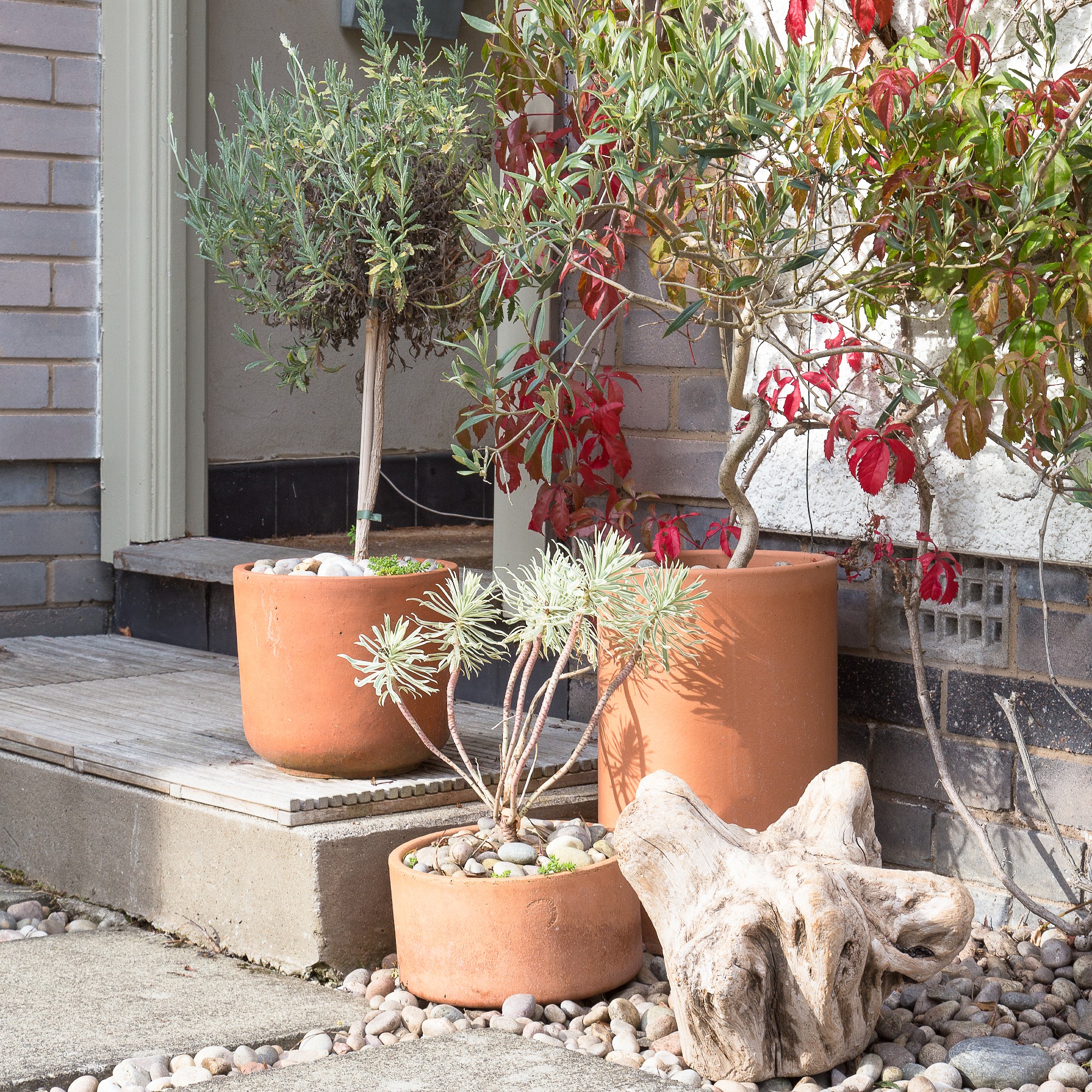How to reuse memory foam at home – easy DIY ideas recommended by experts
How to reuse memory foam at home – breathe new life into your old mattress or mattress topper with these expert-approved DIY ideas


If you’ve recently upgraded your sleeping space, you might be interested to know that there are many ways to reuse memory foam around the house.
We’ve tested some of the best mattresses and best mattress toppers in the business, and a large portion of them made the cut thanks to their cushioning memory foam layers. However, as a synthetic material, memory foam isn't biodegradeable, so when your bedding reaches the end of its lifespan, you'll likely be looking for ways to dispose of it responsibly – without it ending up in landfill.
After all, anyone who has ever tried will know that getting rid of a mattress or a mattress topper isn’t an easy task, and although it is possible to recycle a mattress, eco-friendly ways of disposing of memory foam are thin on the ground. That’s why we’ve consulted several experts to find ways to reuse memory foam around the house.
Ways to reuse memory foam mattress or topper
Before you get stuck into your next DIY project, just remember that in its raw form, polyurethane foam (memory foam) is highly flammable. It’s important to consider this factor when thinking about the use and location of memory foam in your home, as well as the means of repurposing it.
1. Turn it into a bespoke headboard

From boucle headboards to oversized headboards, there’s no doubt about the fact that big and bold headboards are very much on-trend – and they don’t show any signs of going out of fashion anytime soon.
Buying a brand-new headboard can be expensive, though, which is why you might want to use an old mattress or mattress topper to make a bespoke (and very comfortable) DIY headboard.
How you do this is completely down to you and your design choice, but we’d suggest cutting the memory foam into smaller pieces and then attaching it to a wooden panel or hanging it in the form of a cafe curtain-style headboard. Then, you can upholster it in the fabric of your choice.
Sign up to our newsletter for style inspiration, real homes, project and garden advice and shopping know-how
Our guide on how to reuse an old mattress in the garden also offers advice on the best way to cut up an old mattress in order to reuse the smaller components, so it’s best to check that out for all of the safety features you need to consider.
2. Make a new bed for your pets

You might be interested to know that if you get a mattress professionally recycled then the foam and wadding inside the old mattresses is often recycled and used to make animal beds.
So, why not do this yourself? Dhilnawaaz from Dhilnawaaz Khan Trotman Interior Design Studio says, ‘Your pets will love you forever if you gift them a stunning new bed made with a comfy memory foam mattress. Use fabrics that complement your home interior. Just avoid boucle with your kitty cats.’
By doing this, you can make your pet’s bed as big or as small as possible, you can make it as flat or as firm as your pet would like, and you have the pleasure of being able to tailor your pet’s bed to your own home decor idea.
If you don’t have the sewing prowess to make a bed from scratch, you could cheat this idea by buying a pet crate or basket – like this Petface Black Plastic Dog Bed from Argos – and then making a cushion to go inside of it.
3. Build a soft play mat

If you’re looking for a new children’s room idea, may we suggest using your memory foam mattress topper to build soft play mats for your little ones? After all, this will keep them (and your flooring) safe from any bumps.
Thankfully, a mattress topper lends itself perfectly as padding for your floor, and it’s easy to cut this material to size so it fits your playroom or living room perfectly.
James Higgins, Sleep Expert and CEO of Ethical Bedding, says, 'Using memory foam to create play mats for children is an innovative way to ensure a soft, safe, and comfortable play area while teaching them the positive benefits of upcycling.'
'These mats can be particularly useful in homes with hard flooring, providing a cushioned surface that can help prevent injuries from falls and provide a cosy area for playtime activities. Its viscoelastic properties allow it to absorb impacts effectively, making it an excellent material for cushioning falls.'
4. Craft your own cushions

When it comes to the amount of cushions you can have in your home, the limit does not exist. We’re huge advocates for adding as many cushions as you like into your space, whether that’s sofa cushions or a giant mountain of cushions on your bed.
And while these items generally aren’t the most expensive things in the world, do you ever wish you could make your own bespoke cushions? Well, you can if you have a memory foam mattress or mattress topper lying around.
‘The easiest way to repurpose your mattress topper is to create some scatter cushions. Weave this into your aesthetic, keep it eco-friendly and use off-cut fabrics or old scarves/quilts/throws/sarongs to create your cushions,’ explains Dhilnawaaz.
By cutting this memory foam into small cubes or strips, you can create a filling that will suit your homemade cushion cover (and your home) perfectly.
If you’re not as craftily inclined, however, you could simply fill a pre-bought cushion cover with this memory foam filling. This will be much cheaper than buying a pre-filled cushion.
5. Add some comfort to outdoor furniture

Your garden ideas may focus on the plants that you’re growing and the seeds that you’re sowing, but you also need to enjoy the delights of your garden on a personal level.
And while you might already have the best garden furniture, even the most comfortable chairs and benches could benefit from an extra cushion or two. That’s why repurposing a memory foam mattress or mattress topper can come in so handy.
However, you need to think about safety and weather-proofing when making anything for your garden.
Hannah Rouch, a second-hand expert at Gumtree, comments, ‘Gardens can often benefit from extra seating that can be easily stored. Cut to fit the best part of your mattress or topper into a floor cushion and wrap in water-resistant material. There are lots of easy-to-follow tutorials online with cushion patterns and instructions on how to properly cover the item, even if sewing isn’t your best skill.’
As well as choosing water-resistant fabric, it would also be a good idea to choose a UV-protection fabric so the UV rays don’t damage the memory foam underneath.
6. Create a garden kneeler for weeding

Anyone who's read our guide to how to reuse old towels in the garden will know that old towels make a great garden kneeler. But the memory foam from an old mattress or mattress topper can be a great alternative, offering even more cushioning to protect your knees when you're weeding or planting outdoors.
‘Cutting the memory foam into smaller pieces and using them as cushions or padding for knee pads is a good idea, you could also put it under garden furniture so that it doesn't damage your concrete/grass/flooring,’ explains Steve Chilton, garden expert at LeisureBench.
7. Make a draught excluder

If you're constantly looking for new, innovative, and cheap draught-proofing ideas, look no further than your old memory foam. This material is perfect for keeping your home warm during the winter and reducing heat loss – ideal for those of us looking to save energy.
'Using memory foam can be a creative way to insulate under your door frames, combining functionality with sustainability,' says James.
'What’s great about memory foam is that it can be easily cut to fit any size and is also known for its durability and resistance to wear and tear. Plus, it’s soft, so you won’t be at risk of your floors or door frames being scratched.'
You can also make this DIY project as bright and vibrant or as natural and minimalist as possible, so you can tailor this draught excluder to your home decor.
FAQs
How can I reuse a memory foam mattress?
‘For foam mattresses and toppers beyond repair, cutting them down to function elsewhere in the house is quick fix even if you only have basic DIY skills,’ says Hannah, second-hand expert at Gumtree.
The easiest way to reuse a memory foam mattress is to use the foam as a form of cushioning. You could use it to make sofa cushions or even a cushion for your knees when you’re gardening,
What not to do with memory foam mattress?
Although new memory foam mattresses are treated to be flame retardant, this hasn’t always been the case, and reusing an old memory foam mattress could be a fire risk.
Not only that, but the process of making a memory foam mattress flame retardant involves chemicals. So, you should never attempt to melt a memory foam mattress, and you should keep it away from high temperatures.
How will you be reusing your memory foam mattress or mattress topper?

Lauren Bradbury has been the Content Editor for the House Manual section since January 2025 but worked with the team as a freelancer for a year and a half before that. She graduated with a Bachelor’s degree in English and Creative Writing from the University of Chichester in 2016. Then, she dipped her toe into the world of content writing, primarily focusing on home content. After years of agency work, she decided to take the plunge and become a full-time freelancer for online publications, including Real Homes and Ideal Home, before taking on this permanent role. Now, she spends her days searching for the best decluttering and cleaning hacks and creating handy how-to guides for homeowners and renters alike, as well as testing vacuums as part of her role as the Ideal Home Certified Expert in Training on Vacuums, having spent over 110 hours testing different vacuum models to date!